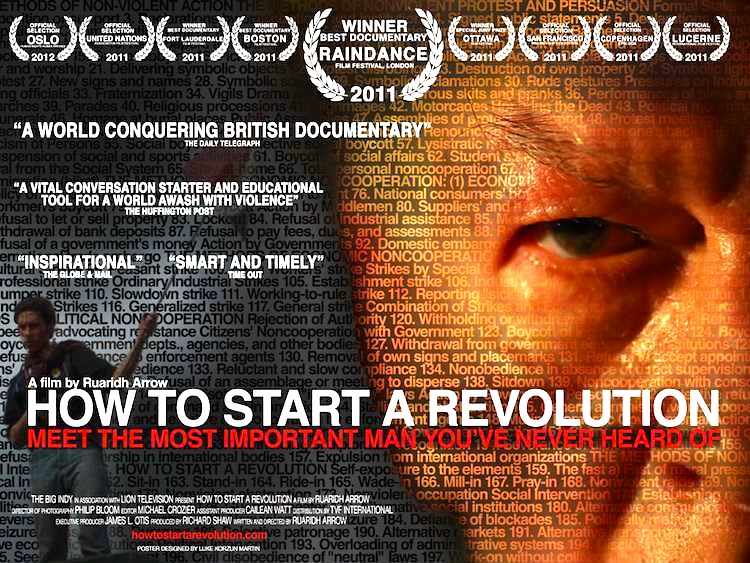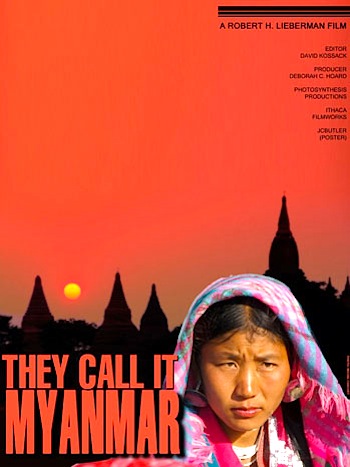
[Editor’s Note: The post below appears today on the front page of The Huffington Post and AOL-Moviefone.]
By Jason Apuzzo. Celebrities will invade Los Angeles this weekend for the 84th Academy Awards ceremony. Searchlights will blaze and flashbulbs will pop as Hollywood stars will descend from the heavens — or maybe just the Malibu hills — to touch the ground that regular Angelenos walk on each day.
They’ll smile and snarl our traffic. They’ll toss their hair and forget to thank their husbands. They’ll praise each other for their bravery, while collecting $75,000 gift bags.
L.A. is accustomed to such strange invasions, of course. If you’re a movie fan, you already know that L.A. has been invaded over the years by everything from giant atomic ants (Them), to buff cyborgs (The Terminator), to rampaging 3D zombies (Resident Evil: Afterlife). So Angelenos take invasions from movie stars in stride.
But this weekend marks an anniversary of an invasion you might not know about: L.A.’s first alien invasion.
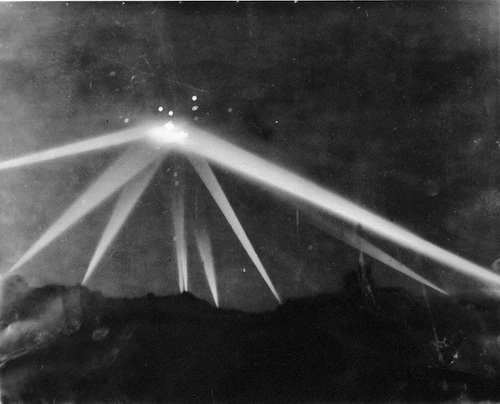
This February 24th-25th is the 70th anniversary of The Battle of Los Angeles, also known as The Great Los Angeles Air Raid, one of the most mysterious incidents of World War II — and also one of the key, oddball events in U.F.O. lore that’s still inspiring movies and TV shows to this day.
Between the late evening of February 24th, 1942 and the early morning hours of February 25th, the City of Angels flew into a panic as what were initially believed to be Japanese enemy aircraft were spotted over the city. This suspected Japanese raid — coming soon after the Pearl Harbor bombing, and just one day after a confirmed Japanese submarine attack off the Santa Barbara coast — touched off a massive barrage of anti-aircraft fire, with some 1400 shells shot into the skies over Los Angeles during the frantic evening.
Oddly, however, the anti-aircraft shells hit nothing. Despite the intense barrage, no aircraft wreckage was ever recovered.
Indeed, once the smoke had cleared and Angelenos calmed down (the public hysteria over the raid was mercilessly satirized by Steven Spielberg in 1941), no one really knew what had been seen in the sky or on radar. Were they weather balloons? German Zeppelins? Trick kites designed by Orson Welles?
Many people believed the aircraft they’d seen were extraterrestrial – one eyewitness even described an object he’d seen as looking like an enormous flying ‘lozenge’ – and some accused the government of a cover-up. Conflicting accounts of the incident from the Navy and War Departments didn’t help clarify matters.
As if to confirm public fears of extraterrestrial attack, one famous photograph emerged (see above) from the incident showing an ominous, saucer-like object hovering over the city. This much-debated photograph, which even appeared in some trailers for Battle: Los Angeles last year, inspired America’s first major U.F.O. controversy — a full five years before Roswell.
To this day, no one knows for sure what flew over Los Angeles that night and evaded the city’s air defenses. (The raid itself is recreated each year at Fort MacArthur in San Pedro.) But since it’s more fun to assume that it was aliens than weather balloons, we’ve decided to honor The Battle of Los Angeles by ranking the Top 10 movies in which aliens attack L.A. (See below.)
To make this list, a film must feature aliens on the warpath — no cuddly E.T.’s here — and their attacks must take place in L.A. proper, rather than out in the suburbs or desert (eliminating films like Invasion of the Body Snatchers).
As the list demonstrates, no city — other than perhaps Tokyo — has suffered more on-screen calamity at the hands of extraterrestrials than Los Angeles. At the same time, there’s no apparently no other city that’s easier for aliens to hide in.
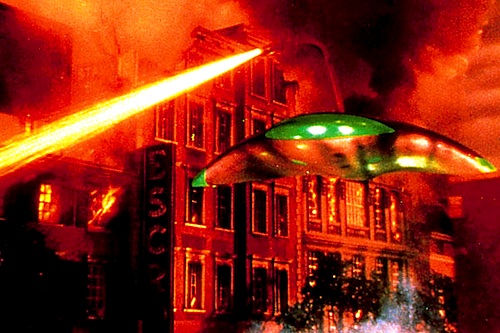
1) The War of the Worlds (1953)
Producer George Pal’s adaptation of the H.G. Wells’ novel is the granddaddy of ’em all, and still the best L.A.-based film about alien attack. Gene Barry plays Dr. Clayton Forrester, a natty scientist at ‘Pacific Tech,’ who along with his girlfriend Sylvia van Buren (a perky USC coed, played by Ann Robinson) struggles to prevent Martian invaders from destroying human civilization. Highlights of the film include a boffo attack on downtown L.A. (which Pal initially wanted to film in 3D) by the graceful, swan-like Martian ships, and an Air Force flying wing dropping a nuclear bomb on the Martians. Filmed in vivid Technicolor, The War of the Worlds was a huge hit, broke new ground in visual effects technology, and helped kick off the 1950s sci-fi craze.
Best exchange of the film: “What do we say to them [the aliens]?” “Welcome to California.”
2) Independence Day (1996)
Director Roland Emmerich’s funny, exhilarating and patriotic summer hit from 1996 borrows key elements from The War of the Worlds, but adds a few of its own: 15-mile-wide flying saucers, a president who flies fighter jets … and Will Smith. In the role that made him a megastar, Smith plays a trash-talking Marine fighter pilot paired with an MIT-trained computer wiz (played by Jeff Goldblum, channeling Gene Barry) who fights an alien saucer armada out to demolish humanity. ID4 is easily the best of Emmerich’s apocalyptic films, largely due to its tongue-in-cheek humor. Watch as ditzy Angelenos atop the Library Tower cheerfully greet an alien saucer, only to be zapped into oblivion a moment later. Only in L.A.
Best line of the film: “Welcome to Earth.”
3) Transformers (2007)
There’s mayhem, and then there’s Bayhem. Michael Bay’s Transformers redefined sci-fi action cinema in 2007, featuring a spectacular climax in downtown Los Angeles — a riot of colossal urban warfare and aerial strikes as the U.S. military and Autobot robots unite to fight Decepticon robots out to enslave Earth. A key sequence showcased Autobots and Decepticons ‘transforming’ at 80 mph on a busy L.A. freeway, swatting aside cars and buses while fighting each other — living out the fantasy of every aggressive L.A. driver. Unlike the stately saucers of ID4, or the graceful war machines of War of the Worlds, Bay’s Decepticon robots are fast-moving, anthropomorphic and nasty. Like certain Hollywood celebrities, they trash talk, strut and propagandize as they smash through buildings and otherwise inflict as much collateral damage as possible. The film that made stars out of Shia LaBeouf and Megan Fox, Transformers delivers heaping doses of humor, curvy women and robot carnage; it’s Bayhem at its best.
Best line: “You didn’t think that the United States military might need to know that you’re keeping a hostile alien robot frozen in the basement?!”
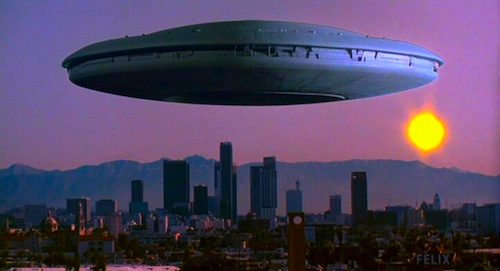
4) V (1983)
These alien ‘Visitors’ look just like us, and they come in peace … except that underneath their false skins they’re actually lizards and want to eat us. That’s the premise of Kenneth Johnson’s apocalyptic NBC miniseries from 1983, a show that leans heavily on references to Nazism, communism and other pernicious forms of group-behavior. V is also the show that first gave us gigantic motherships hovering over major cities, years before ID4. The best part of V, however, is the scene-chewing performance by Jane Badler as the alien leader Diana; somebody should put that woman in charge of GM. Otherwise, in V the human resistance movement against the aliens centers around Los Angeles — possibly because it’s hard to cop a tan while saucers are blocking the sun.
Best line [about the alien leader Diana]: “That damn dragon lady can bend people’s minds around. What the hell does she need a blowtorch for?!” Continue reading LFM’s Jason Apuzzo at The Huffington Post and AOL-Moviefone: The Oscars, The Battle of Los Angeles & The Top 10 Movies in Which Aliens Attack L.A.
